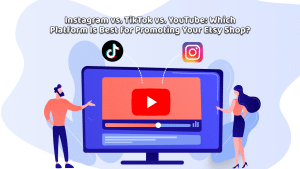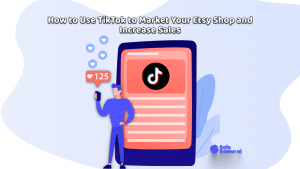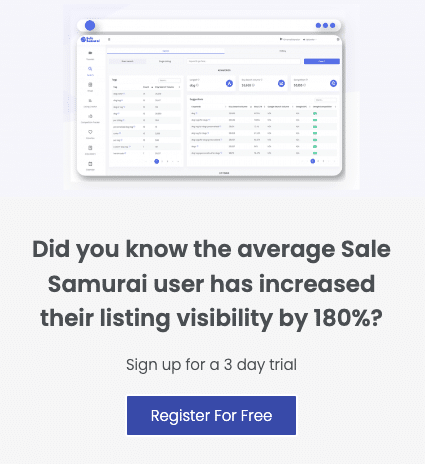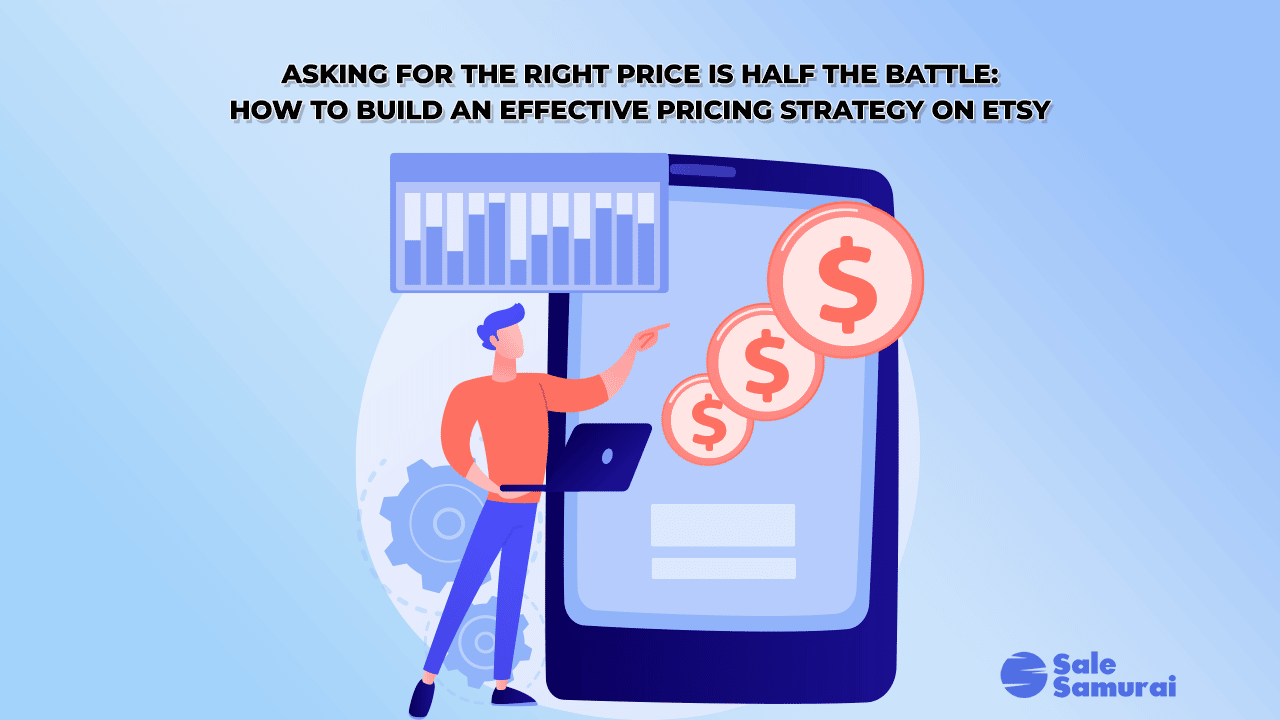
When it comes to selling on Etsy, one of the most daunting parts of creating your strategy is pricing. Without a doubt, pricing can make or break your performance as a Seller. It can turn your handmade crafts and creative products into success stories or leave them in the shadows. Considering the weight pricing has on purchasing decisions, it’s definitely worth your attention.
In this article, we’ll share with you some of the most popular Etsy pricing techniques and help you build an effective pricing strategy.
How Can Your Pricing Strategy Influence Your Success On Etsy?
We already noted that pricing is crucial for your achievements as a Seller on Etsy. But why is that? Isn’t product quality more important? Well, not necessarily.
An impact on rankings
Product listings are influenced by pricing. The price of your product is considered by Etsy’s ranking algorithm, which in turn determines which listings are shown to buyers first. The main purpose behind the algorithm is to ensure Etsy is recommending products that are likely to appeal to the consumer based on their search, past behavior on the site, and other factors. If the algorithm perceives your pricing as too high or too low, it may not present your listing to buyers, stripping you of valuable visibility and sale potential.
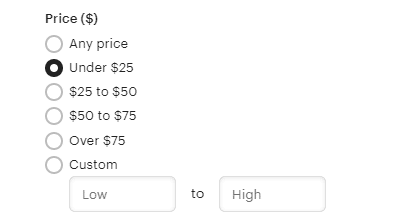
In addition, it’s important to consider users’ search filters. A customer can intentionally choose to only see products from a certain price range. For example, say you’re selling handmade hats. The market average for similar products is around $25. Naturally, buyers who are aware of the market will choose to only see products around this price range. If your product is priced at $35, you’ll be missing out on traffic.
Consumer’s decision to view your product
Let’s imagine that your product makes it somewhere higher on search results. Although it may be exposed to buyers, this doesn’t guarantee that they will click on it and consider making a purchase. Underpricing, for example, could indicate that product quality is low. As a result, buyers will likely be put off. On the contrary, a price that is too high won’t be appealing unless there’s a vivid value added to your product.
Competitiveness on Etsy
Both points mentioned above lead to one conclusion – your pricing strategy determines how competitive you are on Etsy. Even if you have a brilliant product with exceptional quality, an inappropriate price could sabotage your rankings. Alternatively, it can demotivate buyers to visit your product link and actually think about stepping to the next phase and buying your product.
As a result, it’s likely that you’ll be smashed by the aggressive competition. Chances are, that your sales will drop and you won’t have the ability to tap into the vast potential of the platform. However, there’s a way out. All you have to do is be aware of some of the successful pricing strategies and adapt your prices.
Factoring the costs
When it comes to pricing, it’s impossible to tell you what the price of your product should be. If anyone tries to do so, please keep an eye out. This decision should be made by you after a close analysis of several factors. Here are a few pricing rules that will help you stay on the right track.
Profits are at the heart of any business-related endeavor, Etsy included. Ultimately, the goal behind your sales efforts is to make a higher profit. To choose a pricing strategy that will increase your earnings, you’ll need to consider your costs. You can do so manually or rely on business intelligence tools like Sale Samurai for the job. The software’s Calculator feature enables you to quickly calculate your costs at the click of a button.

But what type of costs should you factor in?
Labor costs
Labor costs are associated with the amount of time you spend creating your products. After all, time is a valuable asset and should certainly be included in your overall costs. To determine your labor costs, it’s vital to put a price on your hourly work. Consider the level of skill necessary to execute things like design, shopping for supplies, construction, photo shooting the product, creating your listings, packaging, and shipping.

The labor costs will vary according to the industry or niche that you’re selling in. If you’re a beginner, it’s okay to start with a smaller labor cost and gradually increase it as you gain confidence and skills.
Material costs
Next, include material costs in your total expenses. These consist of the amount of money you’ve spent on every material or component for the creation of your product. For instance, if you’re selling canvas art, some of the materials that you’ll need to calculate are:
- Canvas
- Paint
- Paint brushes
- Frame
- Any other materials used throughout the creation process
Shipping costs
Another cost you’ll need to consider is shipping. This cost will vary depending on the shipping services you’re relying on and the shipping destination. As a Seller on Etsy, you’ll be responsible for setting up your shipping structure. It’s worth keeping in mind that Etsy will charge a 5% shipping fee from the total cost of shipping that your customers are paying.
What Are Etsy’s Shipping Policies? How Can You Use Them To Your Advantage?
Etsy ads
Perhaps one of the quickest and most effective ways to get your listings in front of buyers is by using Etsy ads. You can spend as much money as you’ve set aside for marketing. Etsy allows you to target your advertisements and reach the perfect target audience for your products. The price for your ads will depend on how you target them. Regardless of how big or small, make sure to include them in your total costs.
Renewing
Although quite small, there is an Etsy renewing cost that you shouldn’t leave out when calculating your costs. The platform will charge Sellers a $0.20 fee for every listing that is created or renewed.
Establish your desired margin
Profit margins reveal how much money you’re actually making. Represented in percentage form, it shows what portion of the money generated from sales you actually keep for yourself. Simply put, the margin is the difference between every item’s revenue and the cost associated with that item. Your desired margin could be anything. However, it’s best to land on reasonable expectations. Knowing the market you’re selling in will certainly help.
For example, on Etsy, most listings’ profit margin is around 40%. However, depending on the type of products you’re selling, it can grow to nearly 70%. Knowing what margin you want to achieve, will help you set your pricing.
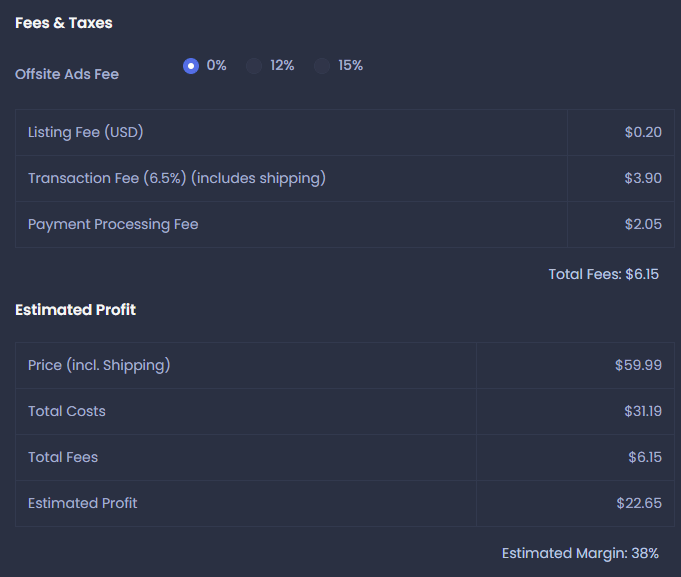
Etsy Pricing Strategies To Choose From
There are many different pricing strategies to explore on Etsy. If you ask 10 different experts about this, you’ll probably receive 10 different answers. The right choice will come down to your individual goals, your products, your audience, and other key factors. Let’s look at three of the most popular pricing strategies in the marketplace.
Costs at the center of pricing
One way to design your pricing strategy is to orient prices around costs. In this case, you’ll need to calculate all of the costs associated with creating a product, as we outlined above. When you have a number, include the amount of profit you’re looking for and you’ll get the product price. Etsy has offered a basic formula that Sellers can use for this type of model:
Materials + Labor + Expenses + Profit = Wholesale x 2 = Retail.
Although this approach is sweet and simple, it doesn’t consider market competition and changing customer demands.
Customers as your priority
You can also position customers as the backbone of your pricing strategy. For this model, you’ll need to have detailed information about your target audience. Are you selling to luxury-oriented customers or bargain seekers? Are your customers looking for added value and quality or a good deal? Here, it’s popular to rely on promotional tactics and gain a competitive advantage by offering lower prices.
This pricing strategy is all about knowing the market. However, it could leave out costs as an essential factor, leading to smaller margins and less money in the end.
Competition-based pricing
In competition-based pricing, prices are set based on the niche you’re in. You’ll need to determine the price average in the specific niche and think about how you want to present your products. For new Sellers, it’s best to start with prices slightly under the market average. This will enable you to quickly gain a competitive edge. As you gain more visibility and experience, you can opt for higher prices.
There are several key questions you should attempt to answer if your focus for pricing is on the competition. How many other Sellers are you competing against? Do they have larger or smaller shops? How are they pricing their products? How easy or difficult is it to enter the niche as a whole? Business intelligence tools like Sale Samurai can help you answer these questions. With these insights, you’ll be able to create a winning pricing strategy that puts your listings in an advantageous position.
Changing Prices: When And How Should You Approach It?
Should your price be a constant? Certainly not. It’s okay (perhaps even recommended) to increase or decrease your prices at certain times. But when?

Lower prices
Let’s say you’re selling minimalist dangle earrings. You’ve recently entered the earring market and currently, your listing is $39.50. However, you notice that sales are slow and you’re not getting much visibility. What could be the reasons? By looking at Sale Samurai, we can see that the average price for similar listings is $37.94 and the lowest price is $6.24. As a new entrant who probably doesn’t have much reviews and traction yet, it’s completely natural to struggle at this price.
In this case, it’s advisable to lower the price and set it somewhere between the minimum price and the average. Why? Because this way, you’re not underpricing but are rather positioned in the golden middle.
Lowering your price or creating promotional offers is also a great tactic just before popular holidays. Online shoppers have grown to expect discounts during these periods of time and not offering something catchy is walking towards a dead end.
Higher prices
Can you go for high prices and still profit? Of course. However, you should only approach this pricing tactic once you’re comfortable on Etsy. In other words, higher prices should be set only after you’ve gained enough reviews for your listings; you’ve made a decent amount of sales, and your Seller popularity is firmly on the rise. Why? Because only then your rankings won’t be impacted and you won’t lose loyal customers.
Earlier we mentioned that price affects rankings. And this is true. But it’s not the only factor that Etsy’s algorithm takes into consideration. Your listing’s ranking is also dependent on its rating, number of reviews, optimization, and more. By increasing your price at the right time, your rankings won’t suffer and you’ll generate more money as your margins will be higher.
Wrapping up
Pricing is at the core of your Etsy success.
Make sure that your prices are always set based on strategic thinking and thorough research. Don’t forget to use Sale Samurai as your reliable insights tool for competitor research, niche research, and other explorations that will prove valuable for your pricing strategy.
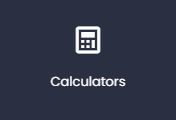
You can also play around with the Calculator tool to see how your margins will be affected by changes in price. All of these efforts will certainly pay off once you start landing more sales and enjoying fruitful rewards.
